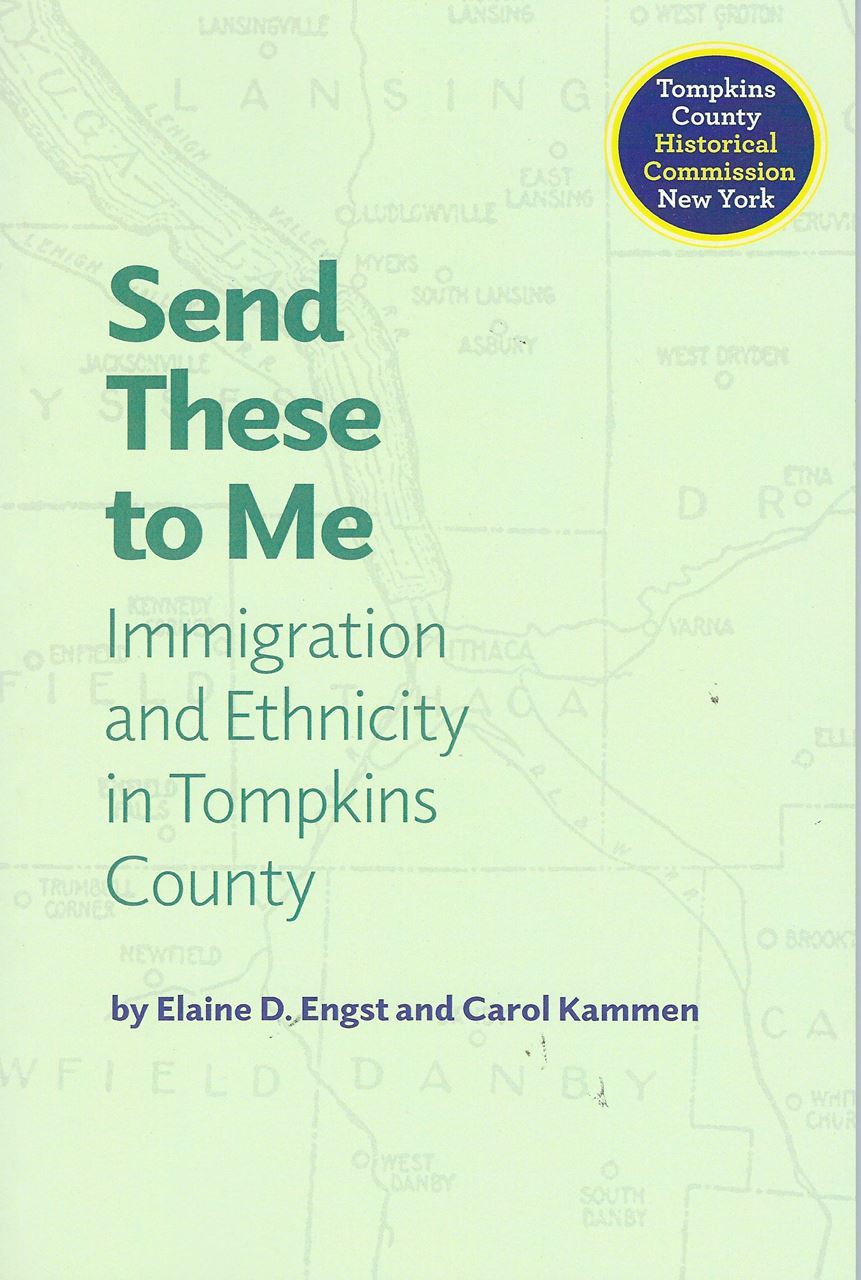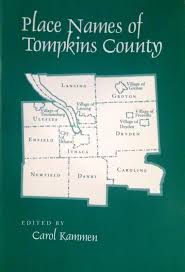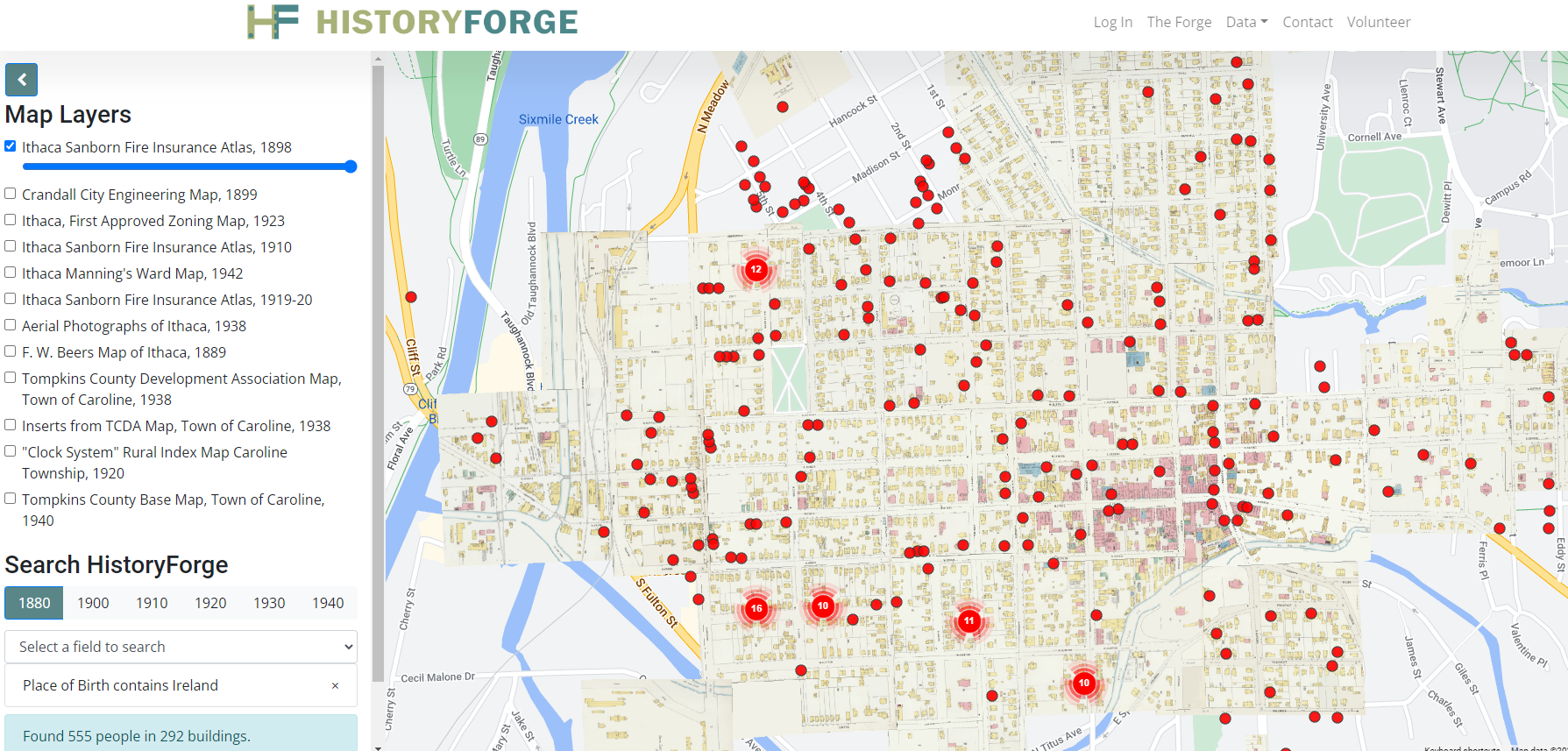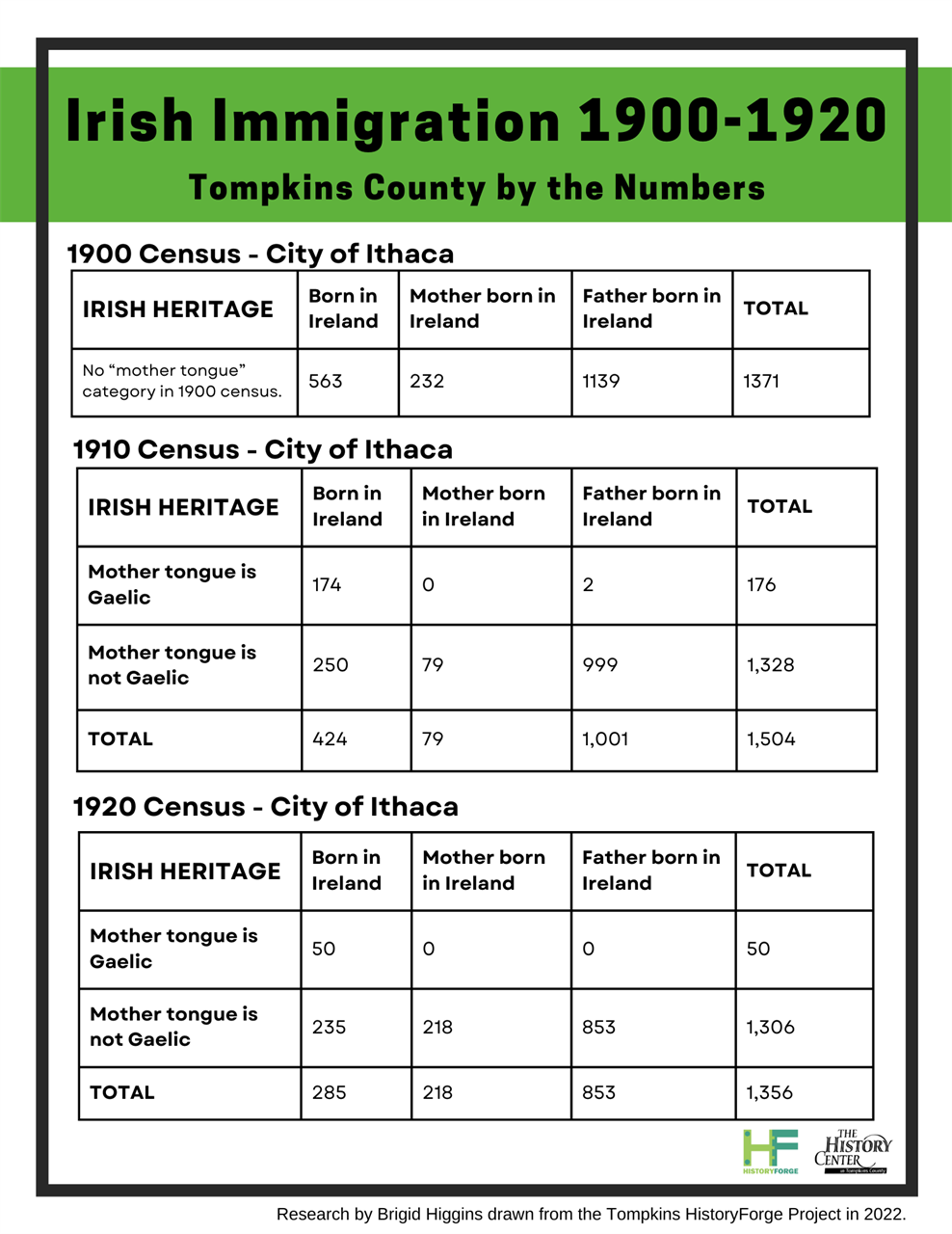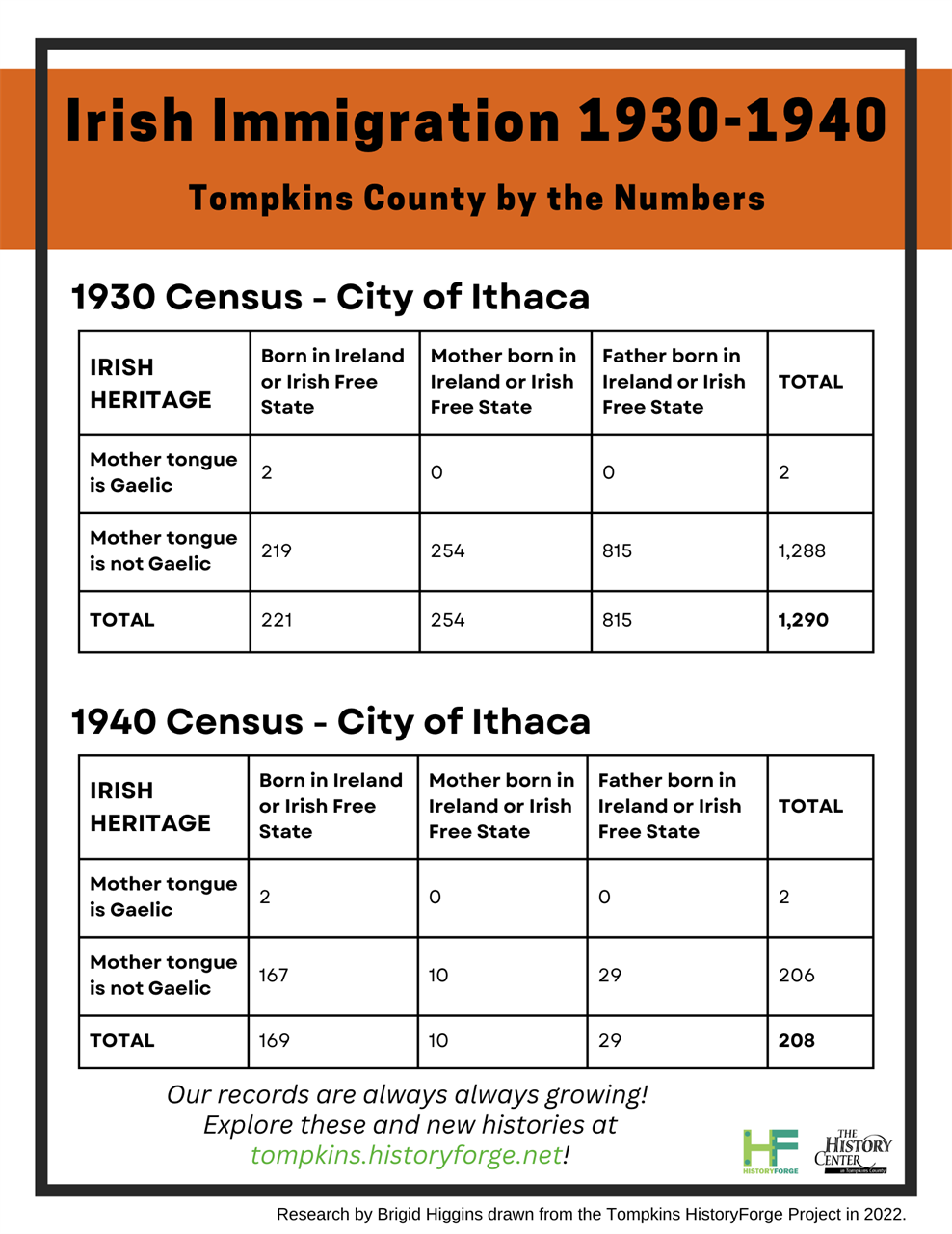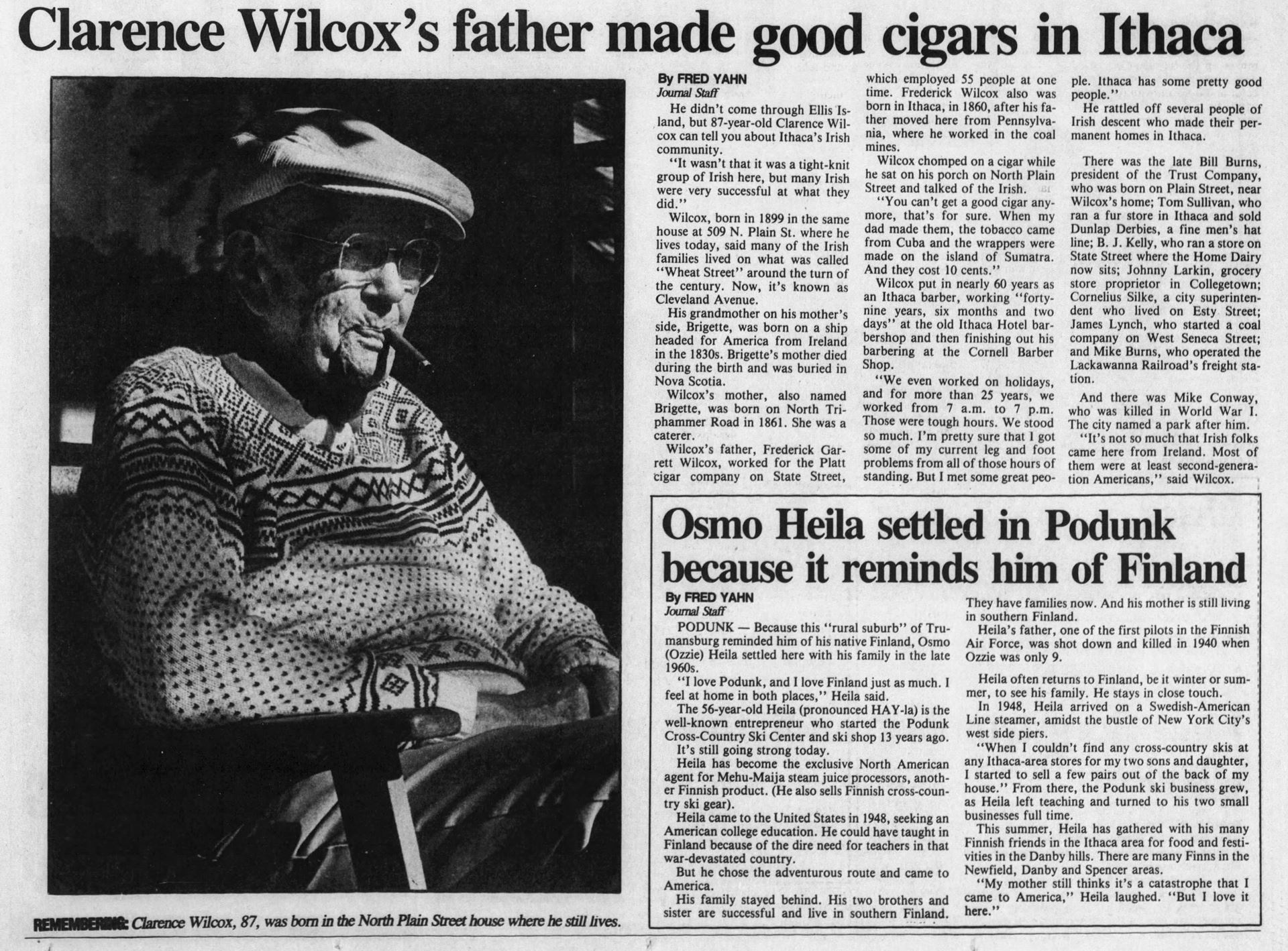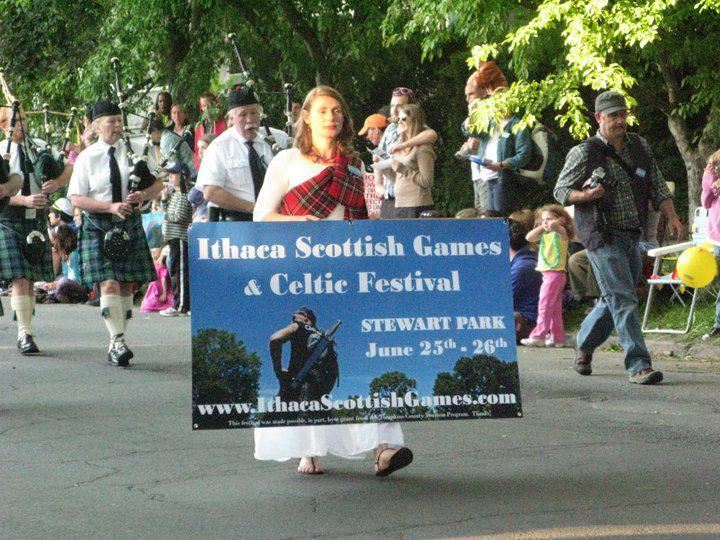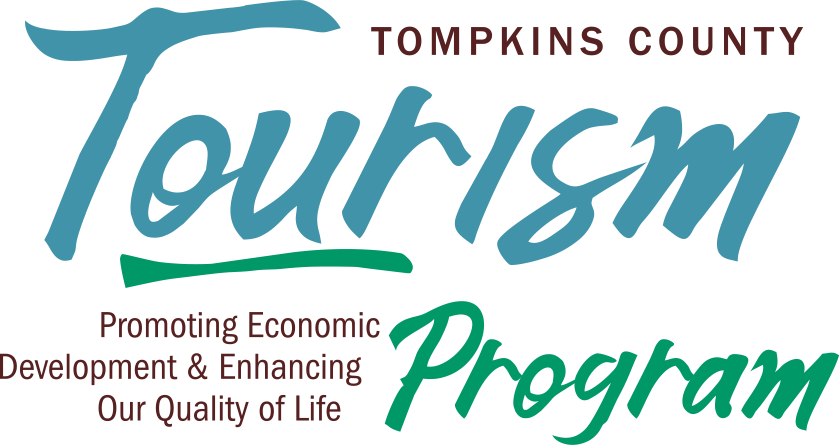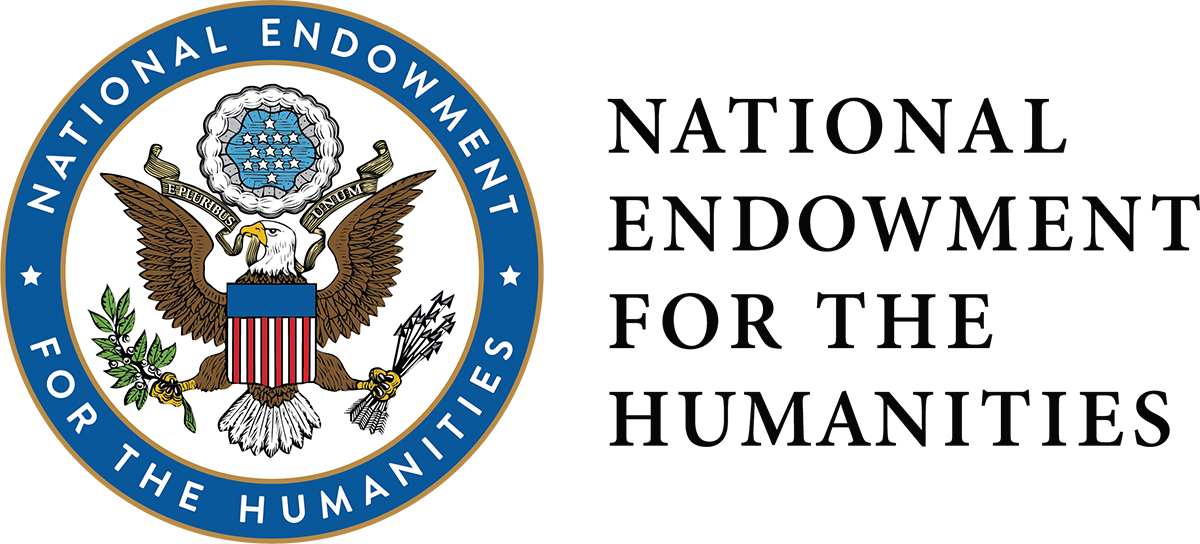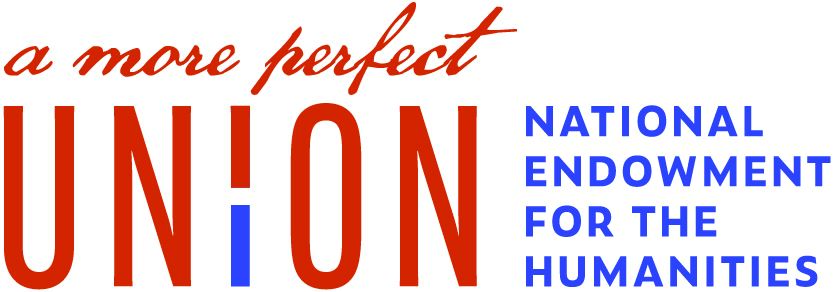- Home
- Irish Heritage Month
IRISH AMERICAN HERITAGE MONTH
MARCH
Irish immigrants began arriving in Tompkins County in the mid 1830's and most worked in domestic service and day labor jobs when they first arrived. At the time the white population of Ithaca was largely Protestant, and there were tensions between the existing Ithaca community and the newer Roman Catholic arrivals. The 1855 New York State census for Tompkins County counted 31,765 residents in total; out of 1,857 foreign-born residents living here at the time the majority had been born in Ireland. By the 1900 census, there were hundreds of first and second generation Irish Americans living in Tompkins County. Local newspapers in the late 1800s and early 1900s regularly celebrated Irish culture and included news stories from Ireland. Papers like The Ithaca Journal frequently republished articles from Dublin, providing Irish immigrants in Tompkins County with news from their home country. The front page of the Ithaca Daily Journal in 1892 featured a cartoon celebrating Saint Patrick’s Day. In the 1910 census for the City of Ithaca 176 respondents listed "Irish" as their Mother Tongue, by 1940 that number had dropped to only two residents - Minnie Tracy age 55 and Hannah Geiger age 59. Further research is needed to understand what happened to the Gaelic Irish speaking population of Tompkins County and how it decreased so dramatically. Tompkins County has a rich history of Irish culture being immersed into everyday life and celebration. In more modern times local band Traonach has coordinated the 'Traditional Irish Music Session' for over three decades in turn building and attracting a rich local culture of Irish music-influenced musicians and bands. Additionally home grown Ithacan's The Grady Girls are internationally known for bringing new life to Irish classics. "The first recorded celebration of Irish-Americans in the United States dates back to 1762 with the first St. Patrick's Day parade in New York City. The parade became an annual event External, which was initially organized by military units. After the War of 1812, Irish fraternal societies took over the parade's organization. In October 1990, Congress passed Public Law 101-418 (104 Stat. 906) establishing March 1991 as Irish-American Heritage Month. In 1991, President George H. W. Bush issued the first proclamation External designating March as Irish-American Heritage Month. In 1992, Congress passed Public Law 102-253 (106 Stat. 70), which designated March of that year as Irish-American Heritage Month. Subsequently, Congress passed laws variously designating March 1993 and 1994 as Irish-American Heritage Month. In October 1994, Congress passed Public Law 103-379 (108 Stat. 3510), which designated March 1995 and 1996 as Irish-American Heritage Month. Since 1997, presidents have issued annual proclamations for the observance and celebration of Irish-American Heritage Month." Source - Library of Congress. Establishing Roman Catholic Churches in Tompkins County Irish residents, mostly of the Roman Catholic faith, first celebrated mass in private homes with visiting priests from Auburn, Syracuse, and Owego. "On his 1847-1848 tour of his new diocese, John Timon the bishop of Buffalo, celebrated mass in the Ithaca City Hall and the next year appointed Father Michael Gilbride as the first resident pastor of the parish. That same year a building lot (the site of Immaculate Conception's current rectory) was purchased for the congregation, and Father Gilbride collected funds for the erection of a church, The small church, called St. Luke, was completed in 1850 by the new priest, Father Michael Creedon, and dedicated on December 7, 1851...Immaculate Conception of the Blessed Virgin Mary, on the corner of Geneva and Seneca Streets was dedicated in 1860; the present church building was dedicated in 1898. The church acquired a four-acre lot on East Hill for Immaculate Conception Cemetery, in 1865 renamed Mt. Olivet. St. Anthony Catholic Church was erected in Groton in 1873." (pgs 13-14, Send These to Me: Immigration & Ethnicity in Tompkins County). Connect with our archivist to contribute to the archival collections documenting Irish and Irish-American history in Tompkins County. |
Ithaca Journal, September 16th 1995 |
Our manuscript collections include Finding Aids, which are detailed box lists that describe the contents of each collection. They are critical introductions to the collections, and some of the many Finding Aids in The History Center's archives can be reviewed on our website.
Contact archives@thehistorycenter.net to make an appointment to see these collections in person, or if you are searching for a collection not listed online.
Archives & Related Collections
Irish-American Local News Articles
| Send These to Me: Immigration & Ethnicity in Tompkins County For related sections:
For related sections:
|
The Scotch McGraw Family - and the misnomer of "Irish Settlement Road"
Some of the most well known names attached to the “Irish Settlement” in the area, are well renowned and can be globally 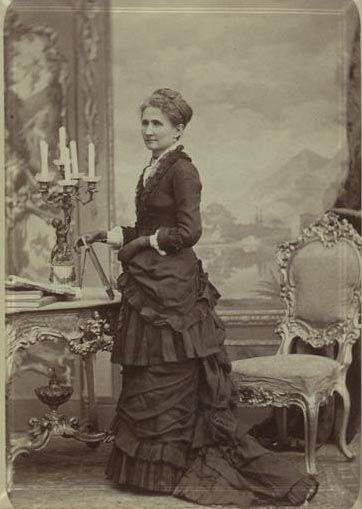 known through their attachment to Cornell’s history. Yet, there seems to be some blurring lines throughout our small county’s history when it comes to the earliest of “Irish” settlers. One of the best known families within the Tompkins county area that are attached to the “Irish Settlement” is the McGraw family.
known through their attachment to Cornell’s history. Yet, there seems to be some blurring lines throughout our small county’s history when it comes to the earliest of “Irish” settlers. One of the best known families within the Tompkins county area that are attached to the “Irish Settlement” is the McGraw family.
The McGraw Family was known for two prominent members John McGraw and his daughter Jennie McGraw. John was known for his family’s immense wealth in the New York lumber industry, and his personal investments into starting Cornell University. His daughter Jennie, was known for her philanthropy within the community as well as personal involvement. Both have memorable names within the county’s history. However, they also serve as a visible example of the misnomer of the early “Irish Settlement” within Tompkins County. The McGraw family along with many other families that migrated from northern Ireland were of Scotch descent as the region for which they came from originally was known to be a Scotch settlement within Ireland. These families were mistakenly recorded to be of Irish descent thus leading to what was known as the “Irish Settlement Road” within Tompkins County in the early 1800s.
HistoryForge is an innovative digital history project combining maps, archival records, and census data that allows any community to explore its local history through the individuals who lived there and the buildings and neighborhoods they lived in. Tompkins County HistoryForge includes over 100,000 digitized census and building records of county residents from 1880-1940. By searching the database using the "Place of Birth", "Mother Tongue", and "Place of Birth of Mother or Father" filters on different census years you can learn about Irish residents in the Town of Ithaca during the 19th & 20th century. | Each red dot references an individual or family born in Ireland* and living in the Town or City of Ithaca in 1880. You can see the names, ages, professions and more of each individual by exploring their census records. This screenshot of the 1898 Sanborn Fire Insurance Atlas shows 555 people born in Ireland living in 292 buildings across the Town and City of Ithaca. By the 1940 census there were only 92 immigrants born in Ireland living in Ithaca. *PLEASE NOTE* Due to political, cultural, language shifts and notation choices of the census enumerators the following terms may be used: Ireland, Republic of Ireland, Northern Ireland, Irish, |
Download HistoryForge Irish Immigration 1900-1940 - Tompkins County By the Numbers Fact Sheet.
Explore the records behind these numbers at http://tompkins.historyforge.net.
|
Connect with our archivist to contribute to the archival collections documenting Irish history in Tompkins County.
IRISH COMMUNITY & CULTURE IN TOMPKINS COUNTY TODAY |
Ithaca Celtic Festival (Formerly Ithaca Scottish Games) occurs annually each June in Stewart Park. | Celtic Musicians & Groups in Tompkins County
|
.png)

